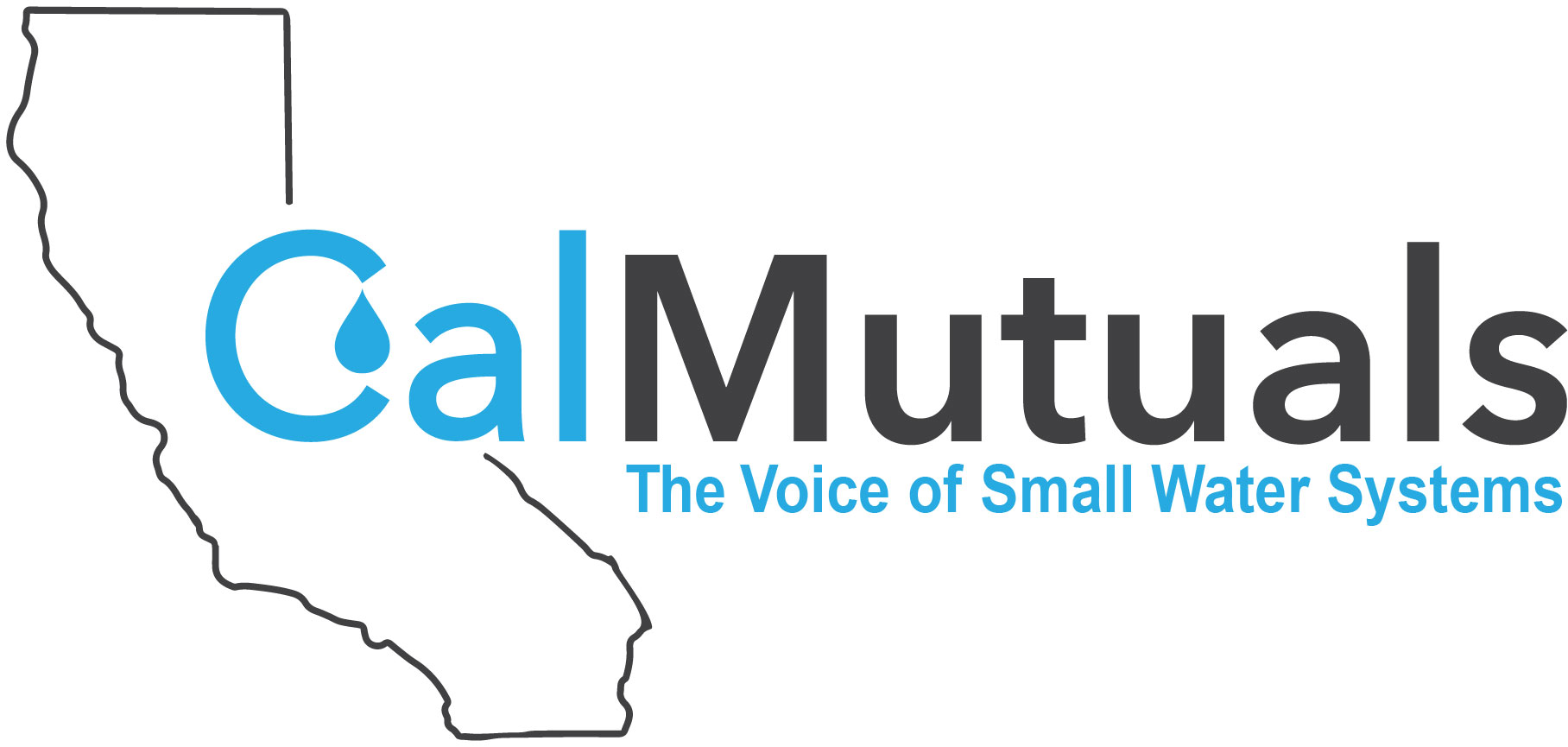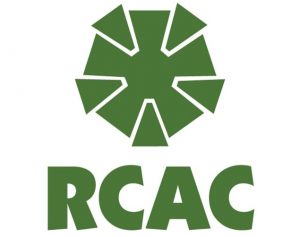Webinar | Preventing Employee Sprains & Strains from Excessive Force
Webinar OnlyForceful exertions are performed when employees need a lot of physical effort during manual tasks, such as lifting, pushing, pulling, carrying, moving, manipulating, holding, pounding, or restraining an item. These forces can make muscles and tendons vulnerable to strain and injury. This session covers: How excessive force is an ergonomic risk factor Common injuries caused by excessive force How to implement safety measures to prevent excessive force injuries

